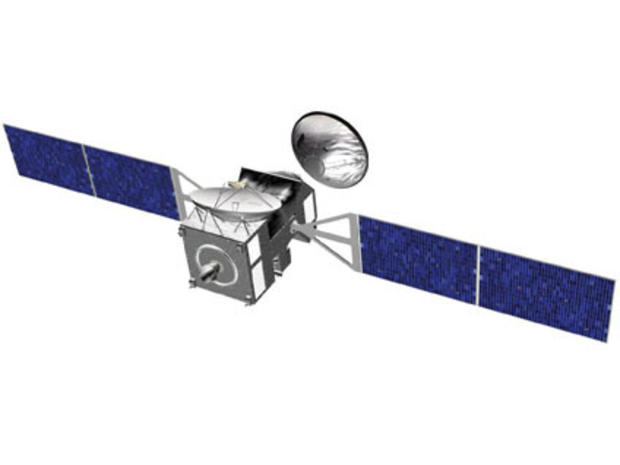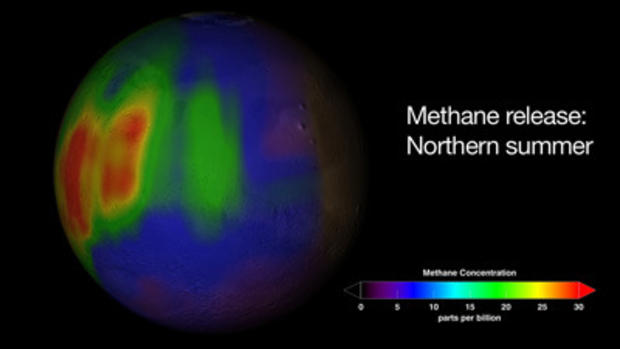NASA, Europeans to Search for Life on Mars
In 2003, the NASA found evidence of methane on the Red Planet, a discovery that excited imaginations within scientific circles as the gas might suggest that life exists on Mars. Now NASA is heading back - this time in collaboration withthe European Space Agency - for a joint mission set for 2016 to study the Martian atmosphere in more detail.
In the first of the three joint missions, the ExoMars Trace Gas Orbiter, a European-built small lander demonstrator, will circumnavigate the planet, studying the chemical makeup of the Martian atmosphere. It will be on the lookout for traces of gases, especially methane, as it may indicate the existence of life on Mars.
The decision to work together offers a couple of obvious benefits. First, the project will benefit from having more big brains focused on the same job. Secondly, and perhaps even more important considering the state of the global economy, the costs of the mission won't all fall on a single P&L line.
David Southwood, ESA Director for Science and Robotic Exploration, noted that scientists want to map the presence of methane on Mars in order to further investigate further the $64,000 question:"Is Mars a living planet, and if not, can or will it become so in the future?"
To help answer that question, the two space agencies have already selected the instruments that will get sent into space. The checklist includes the following:
- Mars Atmospheric Trace Molecule Occultation Spectrometer: This is an infrared spectrometer which will be used to detect even the smallest concentrations of molecular constituents of the atmosphere.
- High-resolution solar occultation and nadir spectrometer : Another infrared device which can detect trace constituents in the atmosphere and map their location on the surface.
- ExoMars Climate Sounder: An infrared radiometer for aily global measurements of dust, water vapor and chemical species in the atmosphere.
- High-Resolution Stereo Color Imager: A camera to provide 4-color stereo imaging at 2 m resolution per pixel over an 8.5 kilometer area.
- Mars Atmospheric Global Imaging Experiment: Wide-angle multi-spectral camera to provide global images in support of the other instruments.

